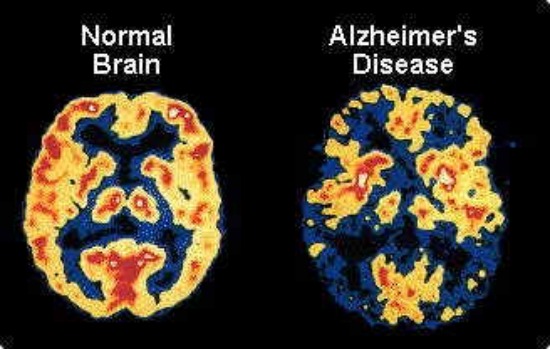So the liver breaks down foreign products, including drugs and medications, while the kidneys filter them out. Now we all know that the immune system identifies these foreign substance such as the drugs we take. So how do we stop drugs from being identified and broken down when we don't want them to?
Well that's where polymers come to the rescue. Polymers are chains of monomers and have numerous medical applications. Specifically, tissue regeneration is a big topic in polymer research, but we will get into that later.
So what can polymers do? They can (1) stabilize drugs so the drugs can survive in the body, (2) tailor a drug's release profile (whether the drug is going to be released slowly and gradually or if it is going to be released abruptly and all at once), (3) help a drug reach its target destination, (4) prevent
biofouling, or rejection, of implanted surfaces, and (5) provide scaffolding to aid tissue regeneration.
Polymers are located in a majority of medications and often prevent drugs from criminalizing which slows down the release. Polymers include starch (can be readily broken down by body), cellulose (cannot be broken down easily), and gelatin (releases drug in watery environment).
(1)
Stabilizing drugs so they can survive: Types of polymers include the
surfactant which coats oily drugs and has positive, hydrophobic end, the
adjuvant, which creates the efficiency of the vaccine, and
chaperones, which prevent denaturization of the protein and help it survive. The whole idea is to stabilize the drug to prevent it from being identified/broken down by the immune system and thus a camouflage polymer is used to avoid detection of the drug. The camouflage protein prevents the immune system from identifying the drug as foreign.
(2)
Tailoring Drug Release: Polymers can cause two types of releases of the drug:
long-term release and
triggered release. Long-term release involves the passive diffusion of polymer degradation and release. Triggered release involves setting it so an external stimulus causes an instant drug release. The stimulus can be temperature, light, chemicals, etc.
(3)
Helping a drug reach its target destination: Strategies for this include using EPR, known as
Enhanced Permeation and Retention which is used to target tumors and helps the drug reach it intended area. The idea is to find the single location of the affected area and only release the drug in that area. In cancerous tumors, for instance, they have leaky blood vessels which allow the polymer and drug to enter the tumor. Although this is off-topic, in chemotherapy, they are trying to kill the cancer before they kill you (just something to think about).
(4)
Preventing biofouling: This is done through a process called
surface passivation which attempts to prevent the formation of
biofilms which are responsible for biofouling.

(5)
Tissue Regeneration: (Probably my favorite part) Involved in bone replacement in that it encourages bone cells to grow and pack in place where there might be an injury (such as if you get shot and it damages your bone). Furthermore, there is something called the
Extracellular Matrix (ECM) that can be completely bioderived that is probably the most promising for tissue regeneration. The ECM allows things to grow that would not naturally grow. For instance, you can take the aorta from a dead person, wash out the cells, create a skeleton of the aorta, seed it with new cells (using adult stem cells) and you will eventually have a new aorta. Crazy, right! This, is where, I think, we have are going to have the most implications in the future. We will be able to get amputated limbs (
refer to picture on right) to grow back through the application of the ECM and we will be able to preform countless other, what we now consider, miracles. There are companies, such as Conexa
™ that supply the ECM matrix, made out of pig tissue, already (
refer to picture below).































